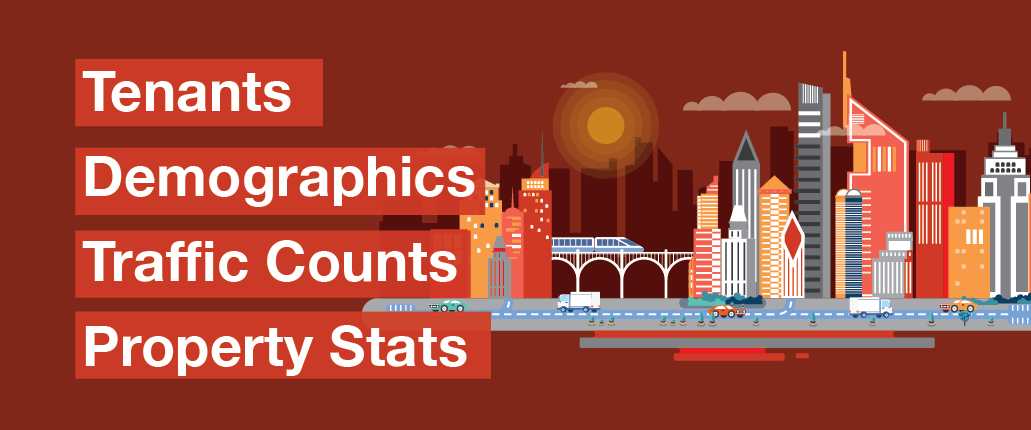You are viewing our site as a Broker, Switch Your View:
Agent | Broker Reset Filters to Default Back to ListTop 5 Data Needs for Researching Commercial Properties
December 18 2017

'Tis the season for list making and in this spirit of the holidays, we want to help you with your clients' top five must-have pieces of information when buying or listing a commercial property.
1. Property Details
Definitely the number one category of information for your client, and it goes beyond "Is this property available?" Dig into information on square footage, zoning, owners, tenants, tax information, mortgage records, legal descriptions and much more. There are a multitude of resources that help you research a property from free sources such as public records to your paid listing and data service providers. RPR Commercial pulls data together for you in one place through aggregating public records nationwide and partnering with 26 contracted CIEs/CMLSs and 668 MLSs for on-market commercial listings. Currently there are more than 320 million on-market listings, over 35 million off-market properties and with the recent integration of SMR Research, an additional 7 million tenants occupying space available for your research exploration.
2. Property Cash Flows
As Rod Tidwell eloquently professed in the movie Jerry Maguire: "Show me the money!" You, too, will need to show your client, or prospective buyers, the money with a thorough property financial model summary. There are many ways to do this, such as with actual or market rents, but discovering the true income and expenses is obtained through conversations with the listing agent or building owner. Once you have that information, you can plug those along with other assumptions into Valuate® Investor Analysis within RPR and produce the return ratio at the end of the hold period.
3. Economic Conditions
Understanding a local economy is easier said than done. Be armed and ready to talk about key factors such as employment, cost of living, top employing industries, business revenue, etc., and compare multiple areas in your community. Pull up a thematic map within RPR to get a quick look at market conditions such as average household income or discover business points of interest (POI) in the area to note the type of industry, number of employees and annual sales volume. To better interpret consumer interest, review the traffic counts both historical and current patterns to gauge market activity and business potential.
4. Demographic Data
Directly tied with economic conditions, your client also needs to know who are their potential customers, employees or renters. From the basics, like population density and age ranges, to looking at disposable income, education levels, and industry of employment, being able to identify key attributes to help make your client's business more successful or to target the right next buyer is a no brainer through RPR Commercial's customized attribute studies.
5. Tapestry Segmentation
Looking to go next level and become the go-to agent in your market? The next time you are on a site tour or in a pitch meeting, share a Commercial Trade Area report with tapestry also known as consumer segmentation data. This goes beyond the numbers and the basic info you can collect from general economic/demographic sources by providing you with preferences as well as detailed descriptions of the people that live around the property. This information is difficult and expensive to obtain, but as a REALTOR® benefit you have Esri, the number one provider of this type of information, available at your fingertips.
So now that you have your top five list, dive into RPR Commercial and package research that will be the gift that keeps on giving for your clients' businesses: http://www.narrpr.com
Interested in additional training at your leisure? Register for an RPR Commercial workshop.
To view the original article, visit the RPR blog.









